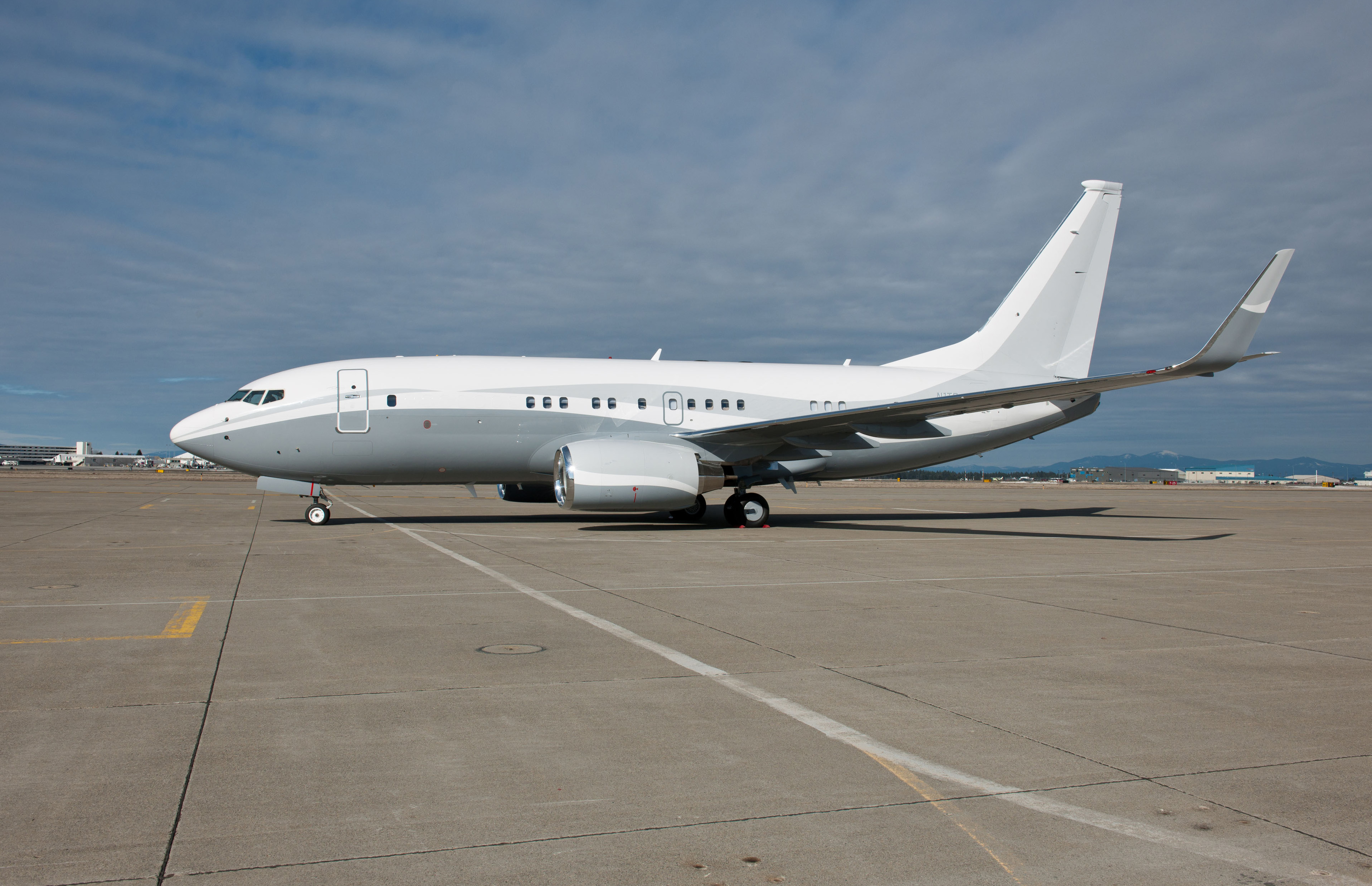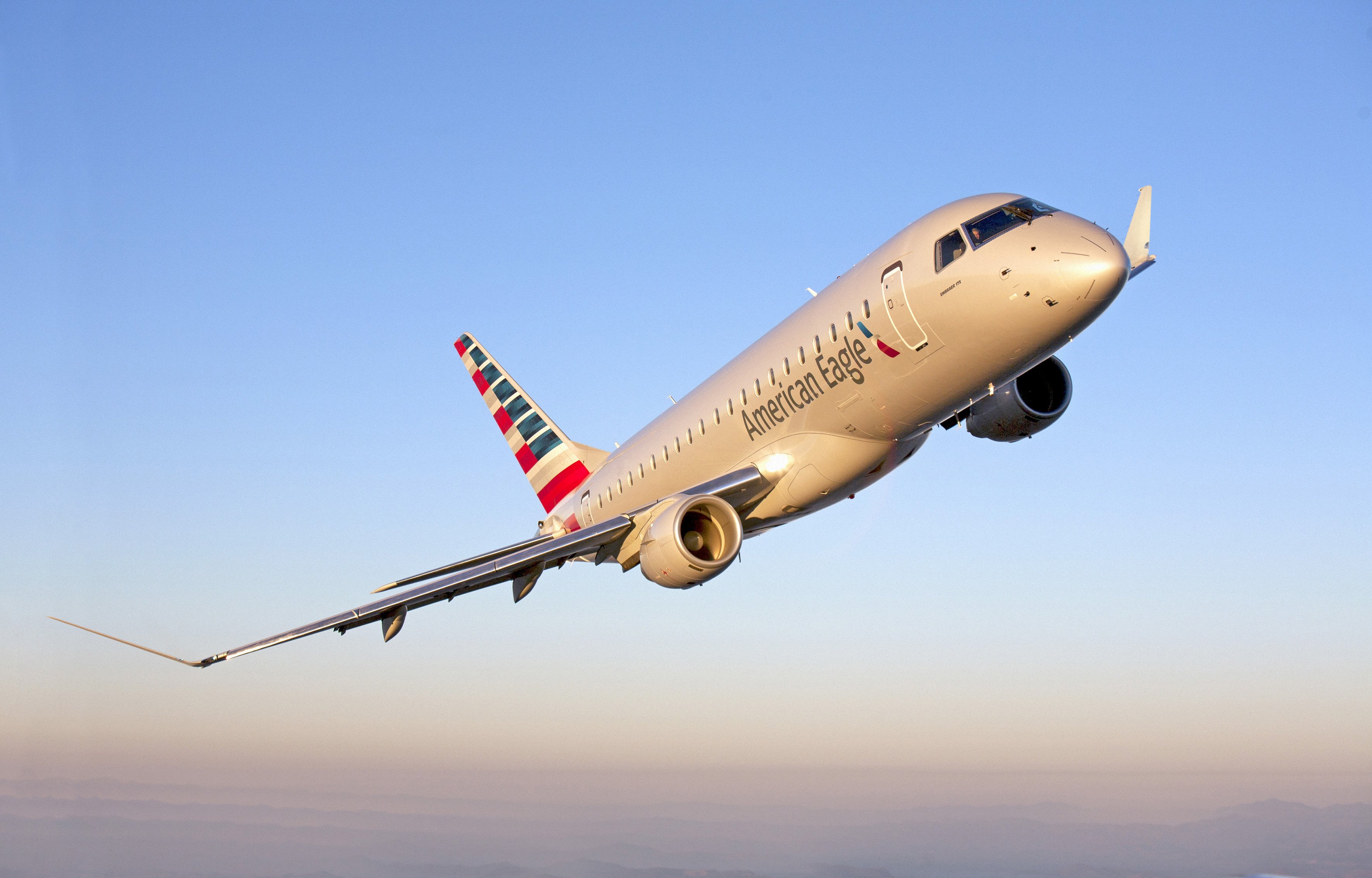The Anatomy of a Modern Passenger Plane

Modern passenger planes are marvels of engineering, designed to safely and efficiently transport hundreds of people across vast distances. Their intricate design involves a complex interplay of numerous components, each playing a crucial role in the aircraft’s flight. This section delves into the anatomy of a modern passenger plane, exploring the purpose and function of each key component.
Fuselage
The fuselage is the main body of the aircraft, housing the passenger cabin, cockpit, and cargo hold. It is typically constructed from lightweight yet strong aluminum alloys or composite materials. The fuselage is pressurized to maintain a comfortable cabin atmosphere, even at high altitudes where the air pressure is significantly lower.
| Component | Description |
|---|---|
| Passenger Cabin | The passenger cabin is the primary space for passengers, equipped with seats, overhead bins, and other amenities. |
| Cockpit | The cockpit is the control center of the aircraft, where pilots monitor flight instruments and operate the aircraft’s systems. |
| Cargo Hold | The cargo hold is a compartment located in the belly or rear of the fuselage, used for storing luggage and cargo. |
Wings
The wings are the primary lifting surfaces of the aircraft, generating lift by creating a difference in air pressure above and below the wing. They are designed with a specific airfoil shape that optimizes lift and reduces drag. The wings are typically made from aluminum alloys or composite materials, with internal structures for strength and rigidity.
| Component | Description |
|---|---|
| Airfoils | The wings are designed with a specific airfoil shape, which is a cross-section of the wing that optimizes lift and reduces drag. |
| Winglets | Winglets are small, upward-pointing extensions at the ends of the wings, which reduce drag by minimizing wingtip vortices. |
| Flaps | Flaps are movable sections on the trailing edge of the wings, which increase lift during takeoff and landing. |
| Ailerons | Ailerons are movable sections on the trailing edge of the wings, which control the aircraft’s roll. |
Engines, Passenger plane
Modern passenger planes are powered by jet engines, which generate thrust by accelerating air and expelling it out the back. Jet engines are highly efficient, allowing aircraft to achieve high speeds and long flight ranges.
| Component | Description |
|---|---|
| Turbofan Engines | Turbofan engines are the most common type of jet engine used in modern passenger planes. They use a fan to draw in air and accelerate it, producing thrust. |
| Turboprop Engines | Turboprop engines are used in smaller aircraft and combine a turbine with a propeller to generate thrust. |
| Thrust Reversers | Thrust reversers are devices that redirect the engine exhaust during landing, slowing the aircraft down. |
Landing Gear
The landing gear is a retractable system that supports the aircraft on the ground. It consists of wheels and struts that absorb shock during takeoff and landing.
| Component | Description |
|---|---|
| Main Landing Gear | The main landing gear is located under the wings and supports the majority of the aircraft’s weight. |
| Nose Landing Gear | The nose landing gear is located at the front of the aircraft and supports the nose. |
| Brakes | Brakes are used to slow the aircraft down during landing and taxiing. |
The Passenger Experience

The passenger experience on a modern passenger plane is a complex tapestry woven from comfort, convenience, and safety. From the moment passengers board until they disembark, airlines strive to provide a seamless and enjoyable journey, balancing efficiency with personalized service. This experience is shaped by a multitude of factors, including the design of the cabin, the services offered, and the constant pursuit of innovation.
Cabin Layout and Amenities
The layout of a passenger cabin is designed to maximize passenger capacity while ensuring a comfortable and safe journey. The typical arrangement features rows of seats, typically in a 3-3-3 or 2-4-2 configuration for wide-body aircraft. Economy class seats are generally narrower and have less legroom compared to premium cabins like business and first class.
- Seating Arrangements: Airlines employ various seating configurations, with the most common being 3-3-3 in economy class and 2-2 in business class. Some airlines offer extra legroom seats or even lie-flat seats in premium cabins.
- Amenities: Modern aircraft offer a range of amenities to enhance passenger comfort, including individual entertainment systems with movies, music, and games, adjustable headrests, reading lights, and power outlets. Some airlines also provide complimentary Wi-Fi access, allowing passengers to stay connected during their flight.
- Safety Features: Safety is paramount in air travel. Passenger cabins are equipped with various safety features, including oxygen masks, life vests, emergency exits, and smoke detectors. These features are meticulously maintained and regularly inspected to ensure they are in working order.
In-Flight Services
Airlines offer a variety of services to enhance the passenger experience during flight. These services cater to different needs and preferences, aiming to make the journey as enjoyable and comfortable as possible.
- Entertainment: In-flight entertainment systems have evolved significantly, offering passengers a wide range of options, including movies, TV shows, music, and games. Some airlines also offer on-demand programming, allowing passengers to choose their own entertainment.
- Meals: Depending on the flight duration and class of travel, airlines provide meals and beverages. Economy class typically offers a limited selection of pre-packaged meals, while business and first class passengers enjoy more elaborate multi-course meals with a choice of options.
- In-Flight Shopping: Many airlines offer in-flight shopping, allowing passengers to purchase duty-free goods, snacks, and beverages. This service provides passengers with an opportunity to shop for souvenirs or indulge in a treat while enjoying their journey.
Enhancing the Passenger Experience
The pursuit of enhancing the passenger experience is an ongoing endeavor for airlines. They continuously explore new ways to improve comfort, convenience, and entertainment options.
- Personalization: Airlines are increasingly embracing personalization, allowing passengers to customize their in-flight experience. This includes pre-selecting meals, choosing seat locations, and accessing personalized entertainment content. Personalized services enhance passenger satisfaction and make the journey more enjoyable.
- Innovation: Technological advancements are driving innovation in the passenger experience. Airlines are introducing features like virtual reality headsets for immersive entertainment, touch-screen interfaces for in-flight services, and even biometrics for seamless boarding. These innovations aim to create a more intuitive and engaging travel experience.
- Sustainability: Sustainability is becoming increasingly important in the aviation industry. Airlines are implementing measures to reduce their environmental impact, such as using biofuels, optimizing flight routes, and reducing waste on board. These initiatives are not only beneficial for the environment but also contribute to a more positive passenger experience.
Passenger planes, despite their impressive safety record, are not immune to tragedy. The voepass plane crash , a stark reminder of the fragility of human endeavor, highlighted the importance of meticulous maintenance, rigorous pilot training, and stringent safety protocols in the aviation industry.
The incident serves as a catalyst for ongoing improvements in passenger plane safety, ensuring the continued confidence and well-being of travelers worldwide.
Passenger planes, symbols of modern travel, often evoke a sense of security and efficiency. However, the tragic flight 2283 crash serves as a stark reminder of the inherent risks associated with air travel. This event, with its devastating consequences, underscores the importance of rigorous safety protocols and continuous vigilance in the aviation industry to ensure the safety of passengers and crew.
